CONTINUUM PREMIERE SCREENING
7 P.M. THURSDAY, MAY 19
MAINSITE CONTEMPORARY ART | 122 E. MAIN
Join Norman Arts for the premiere of Continuum, a documentary short on architect and artist Herb Greene.
Filmed during Greene's return to Oklahoma — where his work as an artist and architect began to take off — during the opening of his solo exhibition at MAINSITE Contemporary Art in fall 2021, the documentary brings Greene back to some his most iconic structures in Oklahoma, exploring Greene's work, ongoing legacy of creativity and impact on the state and beyond.
Doors open at 6:30 p.m. with the documentary beginning at 7 p.m. with a reception to follow. The premiere is free and open to all to attend.
More about Herb Greene
Herb Greene studied architecture under the direction of Bruce Goff (1904–1982), one of the nation’s most original architects and influential architectural educators. Following the retirement of Goff in 1957, Greene taught architecture at the University of Oklahoma for six years, furthering Goff’s legacy and developing his own unique pedagogy.
In 1961, Greene designed and built the Prairie House in Norman, Oklahoma. The idiosyncratic and innovative architecture of Greene’s Prairie House caused an international sensation and was published in Life and Look magazines, Progressive Architecture (St. Martin’s Press), and numerous journals throughout Europe and Japan.
After his retirement from teaching in 1982, Greene moved to Berkeley, California where he continued to write, paint, and promote his concept for building with artists. In 1981, Greene published the book Building to Last: Architecture as Ongoing Art (Architectural Book Publishing, 1981), which incorporates the work of artists and crafts people into built environments and advocates for regional and cultural identity in architectural forms.
Greene’s architectural drawings are in The Art Institute of Chicago’s collection alongside works by Louis Sullivan, Frank Lloyd Wright, Bruce Goff, and other works in the “Prairie Tradition.” Greene’s collage paintings are also in The Art Institute of Chicago’s collection, as well as numerous private collections across the United States.

